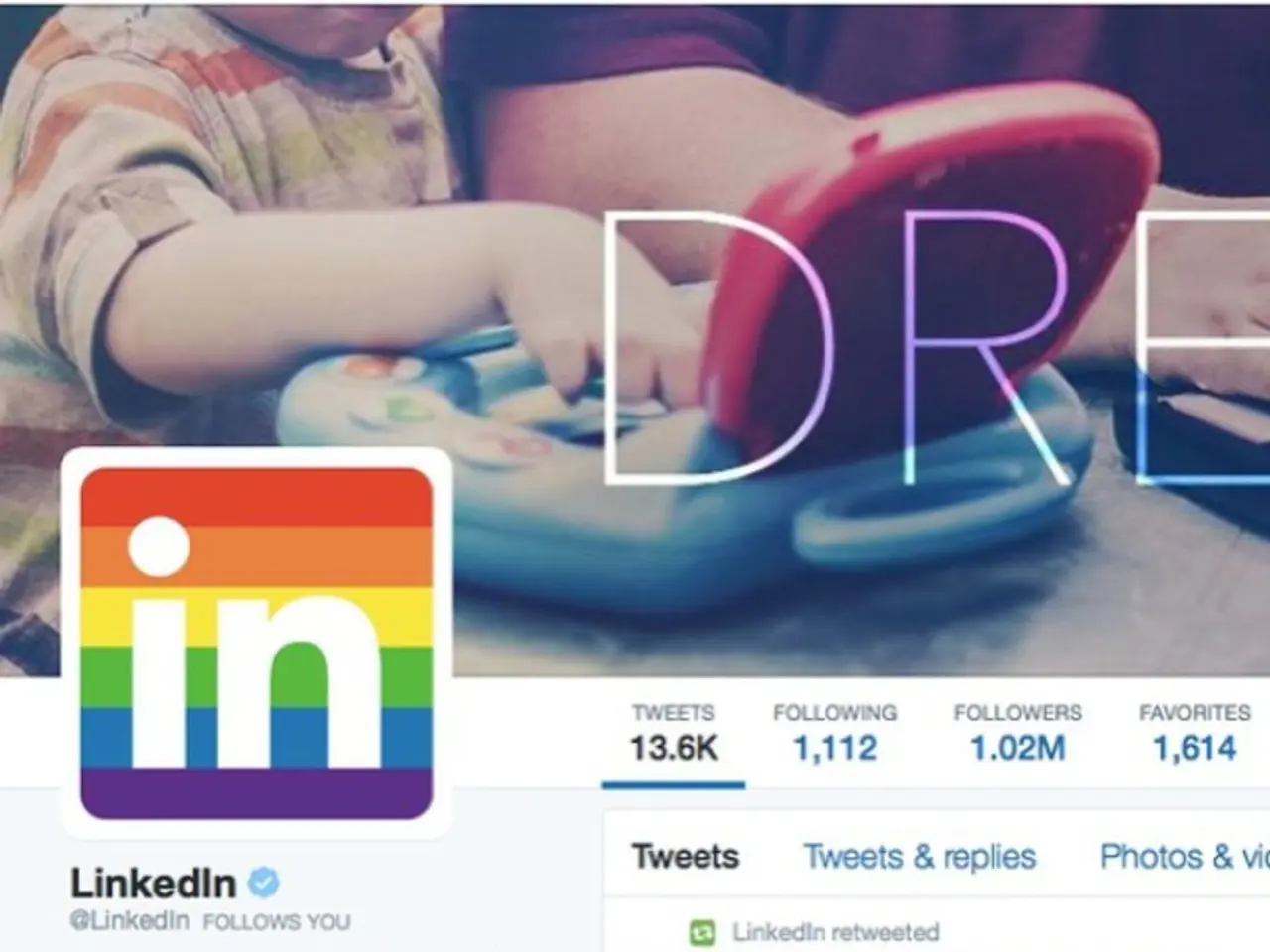Redefining the Role of Open Sourcing Amidst the Era of Generative Artificial Intelligence
=========================================================================================
The world of generative AI is rapidly evolving, but adapting the open-source model faces significant hurdles. Copyright owners argue that AI companies unlawfully copy their works, creating competing content that threatens their livelihoods. This debate revolves around the use of training data, with tech companies claiming that AI systems learn from copyrighted materials to generate new content.
Challenges
Accessibility
High computational resource demands for training and running large generative AI models limit broad community access and open collaboration. Distributing compute efficiently to many researchers remains difficult, hindering the democratization of AI research.
Transparency
Generative AI models often lack explainability, making it hard for users to trust or verify outputs. Models may retrieve syntactically similar but functionally incorrect code, posing risks for adoption in safety-critical software. Open-source efforts require tooling that exposes model uncertainty and invites human oversight.
Legal frameworks and IP
Because generative AI is trained on vast datasets of open-source code under diverse licenses, there is a risk of copyright infringement if generated code closely mirrors licensed code segments. This creates complex intellectual property challenges for commercial and open use.
Solutions
Community-scale collaboration
Building shared datasets reflecting actual developer workflows, open evaluation benchmarks for code quality, and transparent tools fostering AI-human collaboration can improve reliability, transparency, and trust.
Automated legal and license compliance tools
Integrating automated license scanning and attribution mechanisms helps identify and mitigate IP risks in AI-generated code.
Expanding compute accessibility
Government and industry initiatives, like the US National AI Research Resource (NAIRR), aim to provide distributed compute access and resources to broaden participation in open AI model training and innovation.
Evolving legal and governance frameworks
New policy approaches balancing openness and safety are under exploration, aiming to enable broad scrutiny and decentralization while addressing safety gaps across model lifecycle and usage.
Red-teaming and safety evaluation
OpenAI’s recent open-source model red-teaming challenge exemplifies methods to expose unknown vulnerabilities before broader release, supporting safer open development.
In summary, successfully adapting the open-source paradigm for generative AI demands integrated technical advances, legal diligence, broad resource access, and participatory governance to maintain accessibility, transparency, and legal clarity while fostering innovation. The open-source community must develop AI-specific open licensing models, form public-private partnerships to fund these models, and establish trusted standards for transparency, safety, and ethics to adapt to the new reality of generative AI.
Artificial intelligence (AI) companies assert that AI systems learn from copyrighted materials to generate new content, sparking debates about intellectual property (IP) rights, particularly in the realm of generative AI. The open-source community must evolve legal and governance frameworks, balancing openness and safety, to address IP challenges posed by generative AI.




